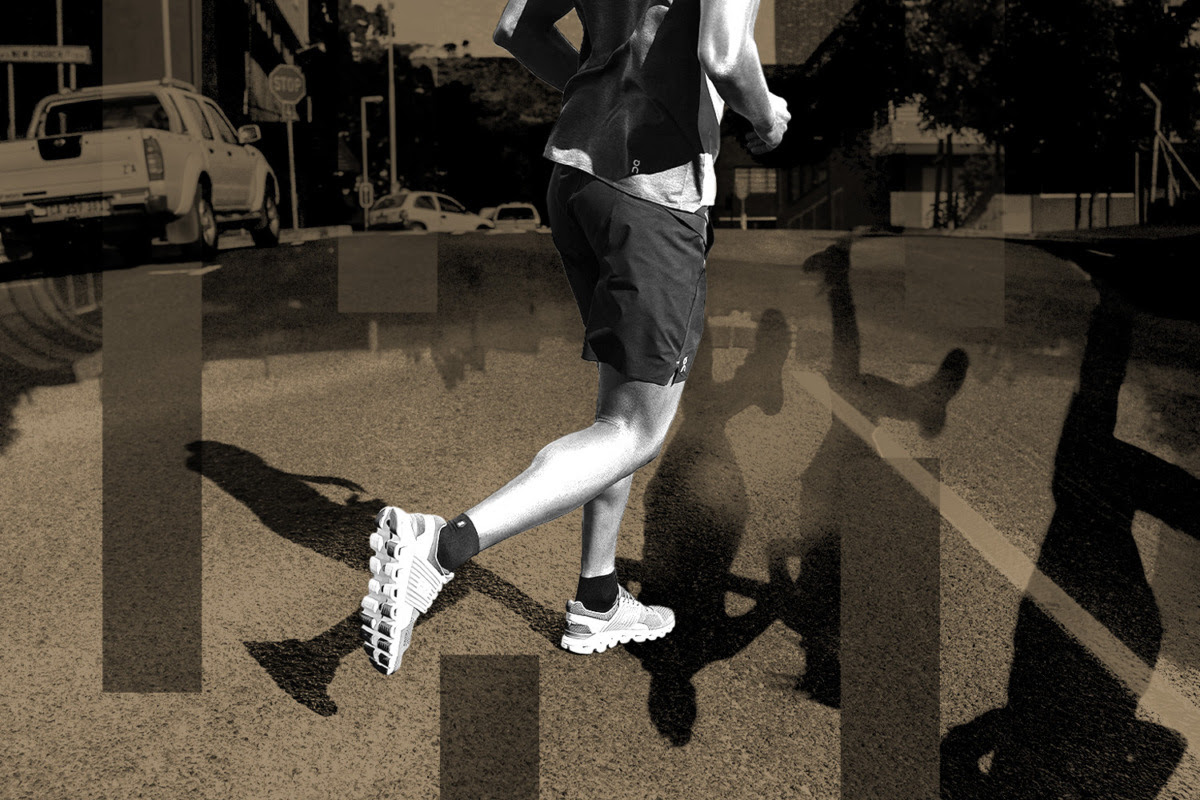Roger Federer won’t be collecting a check in today’s U.S. Open final, but he’ll be securing the bag in another big way in the coming weeks thanks to a 2019 investment in Swiss athletic shoe and performance apparel company On Running. On Running filed for its IPO through an F-1 document — the equivalent of an S-1 for international companies — submitted to the SEC last Tuesday. Here’s what to expect when it goes public in Q4: - The company plans to issue shares in the $18-$20 range.
- It plans to sell 25.4 million shares, with existing shareholders parting ways with 5.7 million shares for total liquidity of 31.1 million shares.
- The high end of the raise could amount to $622 million.
- According to Reuters, the company will be valued at $5.5 billion, which is a nearly 3x increase from the reported $2 billion valuation in 2019.
So, what does this all mean? While the $5.5 billion valuation is impressive on paper, the company has its fair share of roadblocks ahead. Whether you look at On as a DTC specialty running shoe company or a lifestyle sports brand, incumbents have a strong foothold in existing markets. From Nike and Adidas on the large brand side to Brooks and Hoka on the specialty running side, On will have its work cut out if it wants to win any significant market share. Ultimately, the answers lie in the numbers. Luckily for us, we have the documents. What Do The Docs Say? Since its founding in 2010, On has been growing at a torrid pace. Topline revenues for the period ended June 30, 2021 amounted to $343 million, an 86% increase from the same period in 2020. For companies diving into the IPO markets, there’s usually a minimum threshold for growth needed to satisfy investor appetites. With an 86% jump year-over-year growth, On checks that box. The company also boasted the following wins: - Gross profit: $204 million (up 95% year-over-year)
- Gross margin: 59%
- Operating profit: $13 million (up 4% year-over-year)
- Net income: $4 million
- Cash flow from operations: $32 million (first time generating cash flow)
Many companies with high growth narratives come to market without being profitable — think Warby Parker and Allbirds. On, however, seems to have turned the corner. The company was profitable for the first time in 2021 with $4 million in income. Cash flow from operating activities indicates how successfully the company executes on its core business offerings. For On, $32 million in operating cash flow shows that the topline growth that accelerated during the pandemic is being efficiently used to cover expenses. While positive cash flow is not a prerequisite for an IPO (Allbirds will be going to market with negative cash from operations), it is another feather in the cap for On. There you have it. The numbers are good. Really good. But are they enough to warrant the $5.5 billion valuation? Challenges Going Forward Although On has been growing aggressively, it’s failed to capture meaningful market share in the $15 billion specialty running shoe market. Since its inception in 2010, the company has only been able to capture 8% of a fragmented market. Incumbents such as Hoka, New Balance, Brooks, and Saucony all rank ahead of On, with Brooks and Hoka making up 50% of the market. Another issue: While On has been growing its revenue at a fast pace, Hoka is bigger and has been growing even faster. In its first financial quarter this year, Hoka (owned by brand aggregator Decker’s) grew an impressive 96% year-over-year to $213 million. Hoka has firmly entrenched itself in the specialty running category with no plans to venture outside of its lane. If Decker were to spin out Hoka as its own profitable business line, the company could pose an even greater threat to On. But what about expansion into new channels? In it’s F-1 document, On cites plans to move toward becoming an athleisure brand. While moves to athleisure are “hot” right now, On only derived 4% of its revenues from apparel and has yet to gain any real traction or momentum in the space. Plus, when compared to lifestyle apparel brands like Nike and Adidas — which tout $250 billion and $69 billion market caps, respectively — On’s $5.5 billion valuation may appear somewhat insignificant. Closing Thoughts On is in a tough spot. While its growth during the pandemic and execution on the operating side has been superb, it’s up against some formidable foes. The fact that Hoka, currently just a portfolio company for Decker, could be spun off as a more profitable and faster growing version of On is worrisome. And if they wish to reach their aspirational goal of becoming an athleisure brand, they’ll have to contend with Nike and Adidas, not to mention Lululemon and Athleta. Still, I think On has a shot at sustained growth and increased market share if they stick to their lane and pound the pavement as a specialty running shoe brand. Time to lace ‘em up and find out. | 



0 comments